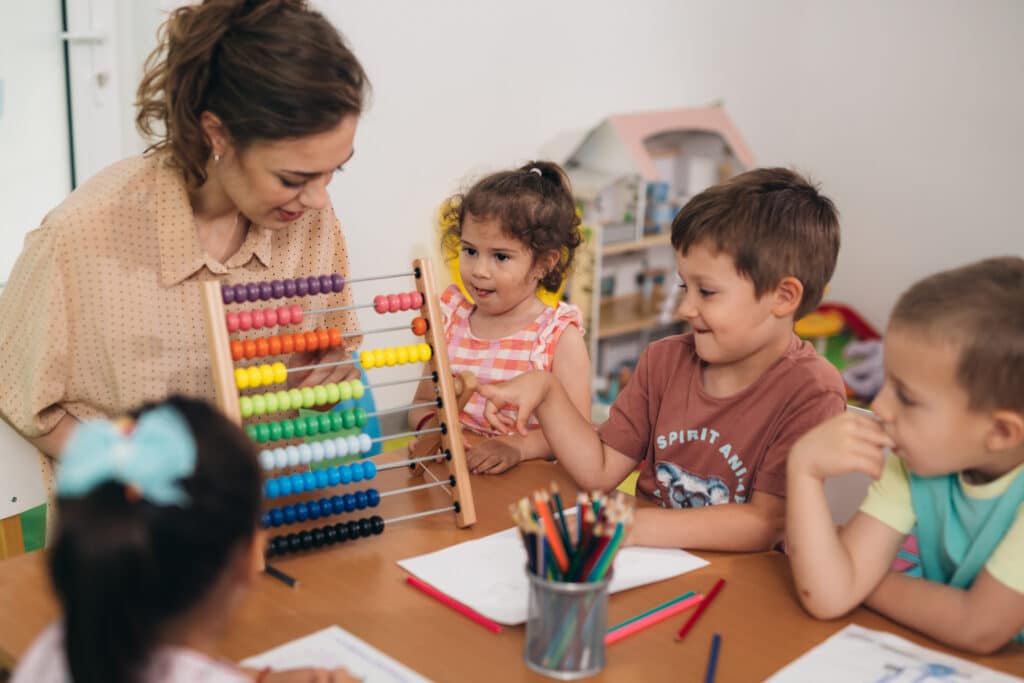Developing an early childhood learning curriculum is challenging because lessons must prepare children for a variety of subjects and experiences. While students certainly need academic skills, they also need social skills and knowledge of societal norms.
And while teachers generally plan out the day-to-day activities within early childhood curriculums, administrators often oversee the major milestones and achievements children must make during the early formative years.
As you prepare for a successful second half of your school year, here’s a look at some tips for preparing a dynamic educational curriculum that impresses parents and delights students.
6 Tips for Building Early Childhood Learning Curriculums
As you prepare students for kindergarten and beyond, here are some considerations for drafting outstanding curriculums for early childhood education centers.
- Know Your Students
Each student will have unique capabilities and skills, but teachers and administrators can estimate what a child can and should be able to learn based on their age. There are general guidelines for teaching 3 and 4-year-olds. Some basics you can expect in these age groups include:
- Ability to run and jump
- Can play without falling regularly
- Basic hand-eye coordination skills
- Capable of using child-safe scissors
- Able to follow simple directions
- Starting to recognize letters
- Learn Curriculum Standards
Review your state’s and federal curriculum standards for this age range. This is a great place to start with building out your curriculum. Each state’s department of education outlines standards for educating preschoolers. And while these standards will vary from state to state, you’ll find the same basics included in all state curriculums. That’s because many education professionals agree on what children of a certain age are capable of.
- Write an Outline
Start by outlining how you want your students’ skills to progress throughout the year. You’ll reference this outline frequently to check and see how your students are doing and whether you’re achieving the goals and milestones you set.
While you can certainly adjust this written outline as you see how various activities resonate with students, setting clear benchmarks and goals at the onset of a new school year is essential to meeting and exceeding childhood development goals.
- Define Teachers’ Roles
Once you’ve set the master outline for what you want to achieve throughout the year, you need to let teachers know their role in achieving those goals. Set expectations for what teachers will show students versus what students might learn on their own or pick up at home.
Defining a teacher’s role can also lead to greater job satisfaction for them and provide a firm foundation for a successful school year. Some learning encourages children to explore and experience. Other requires hands-on teaching. Setting clear expectations on this front will help teachers understand their role and how involved they should be during various activities.
- Encourage Various Instruction Types
New ideas can come from collaboration and creativity. Each one of your teachers brings a unique skill set and background to the classroom. Allow your teachers to bring their creative ideas to planning sessions and encourage teachers to share ideas. And the more creative and inventive your learning experiences are, the more involved and focused your students will likely be.
- Use Childcare Software for Curriculum Planning and Milestone Tracking
Inputting your curriculum plans into your childcare software makes them easily sharable across your school. That way, everyone can begin planning their lessons together.
Additionally, choose a childcare app that allows for easy milestone tracking. iCare Software allows you to add developmental milestones to multiple students at once. And you can easily program your state’s developmental guidelines so that teachers can select a milestone from a drop-down and then check the boxes for which students to apply that milestone to.
See how easy it is to plan your curriculum and apply milestones to students within a classroom by scheduling a 15-minute consultation.

